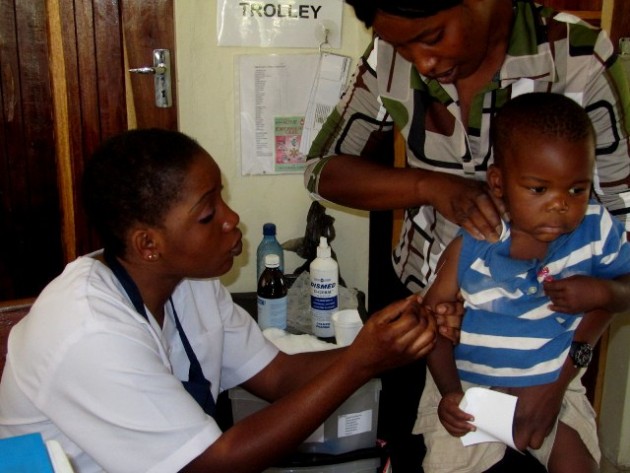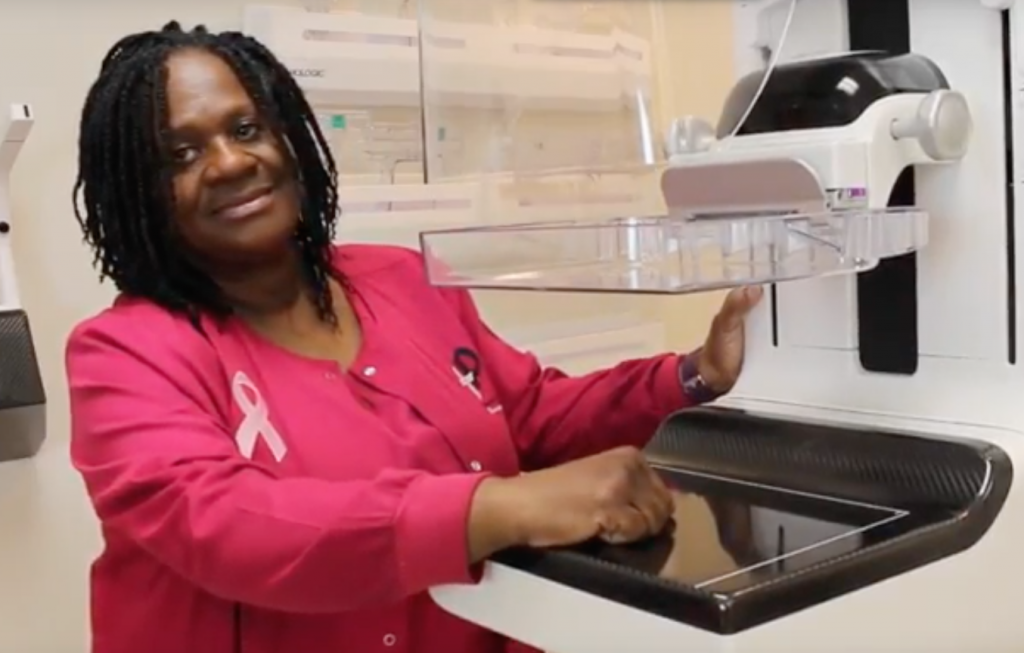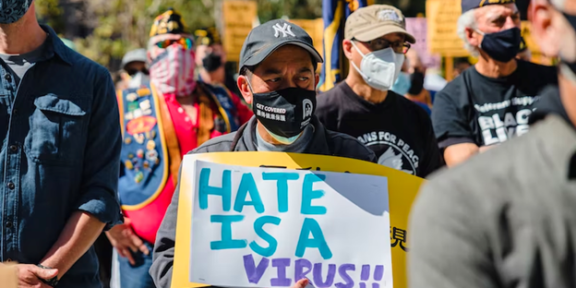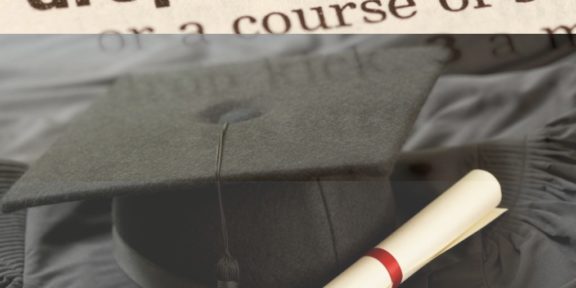Days of Protest Leading to Kent State Shootings on May 4, 1970
On May 4, 1970, by members of the Ohio National Guard killed four students at Kent State University during a protest over the American invasion in Cambodia. Students were unhappy with President Nixon’s decisions to continue the war when he had promised to end it. They were also upset that the war was expanding into other countries. Many days of protest led up to the shooting, according to Jerry R. Lewis and Thomas R. Hensley, authors of “The May 4 Shootings at Kent State University: The Search for Historical Accuracy”:
Sunday, May 1, 1970:Protesters were rallying to “bring the war home.” Things got a little out of hand, when intoxicated locals began to vandalize parts of the local community, causing the police to get involved. Bystanders began to yell obscenities at the police.
Saturday, May 2, 1970: More police were sent to the campus to try to maintain order. Ohio Gov. James A. Rhodes ordered the National Guard to help control the students. Once the National Guardsmen arrived, buildings were on fire and disagreement erupted between protesters and police once again. Officers used tear gas and arrested many students.
Sunday May 3, 1970:Confrontation continued between the police and protesters. More police were sent to the scene to control the chaos. At a press conference that day, Gov. Rhodes made a “provocative statement calling campus protestors the worst type of people in America and stating that every force of law would be used to deal with them,” Lewis and Hensley said. Many local and national politicians were quite unhappy with the reaction from the protesters at Kent State.
Monday May 4, 1970: The shootings supposedly occurred because police and members of the National Guard were informing everyone that the rally planned for the day had been banned. Many protesters did not believe them nor agree with them so they began to “throw rocks and shout profusely” at the police. Since there were thousands of protesters on campus, the National Guardsmen felt it was “necessary to protect themselves by firing their rifles and pistols,” according to Lewis and Hensley. One student, Jeffrey Miller, was shot in the mouth. The other three students were shot in the back, side and neck. Nine other students were injured.
Many have their own theory about this particular day. Some feel that National Guardsmen were not in danger and did not need to shoot at students in self defense. Others argue that they had to do something to protect themselves. This day of shooting led to more controversy when other universities as well as high schools and elementary schools closed for a period of time because of student strikes.
The Kent State shootings provide reality into what American student activism looks like when there is political dispute, when there are conflicting views on what is right and wrong, and what can happen when things get out of hand.




